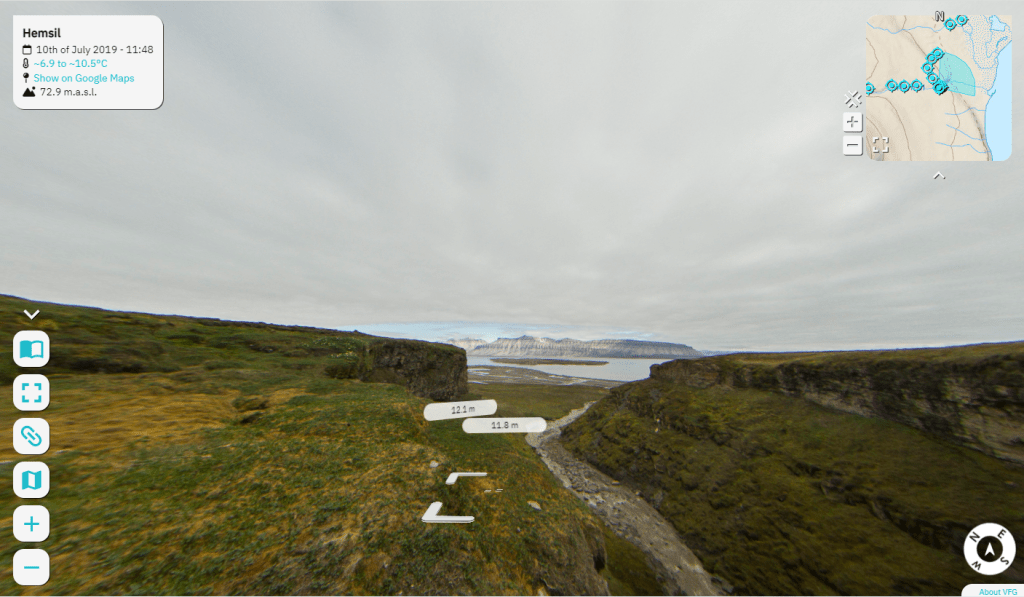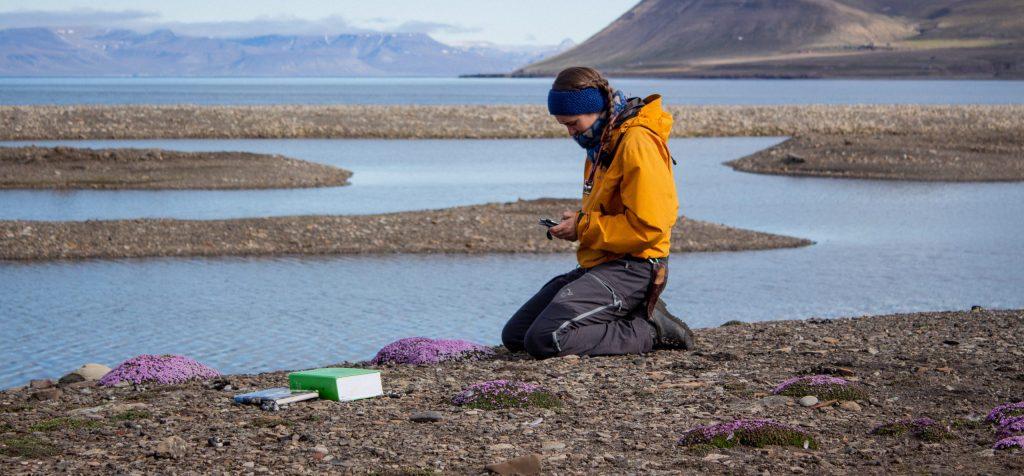• Learning Arctic Biology •
Want to learn about Arctic terrestrial biology?
Video: Tina Dahl and Marcos Poricres
• Browse by topic •
• Digital Tools •
360° Virtual Field Guides
Explore a variety of locations and learn about its biology, history and more. All in 360 degrees!
ArtsApp - Digital Key
A digital key for Svalbard’s flora, with specific keys for vascular plants and grasses.
Read about...
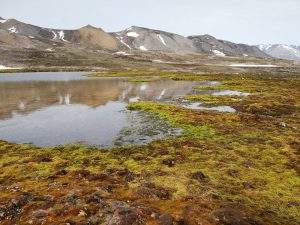
The freshwater invertebrates of Svalbard
Freshwater habitats are comprised of pools, ponds, lakes and streams. These may on occasion be connected to the sea enabling some populations of the arctic

What enviroment do microbes encounter in the Arctic?
Environmental conditions in the Arctic are highly variable in space and they can fluctuate seasonally. As for all living organisms, Arctic microbes are affected by
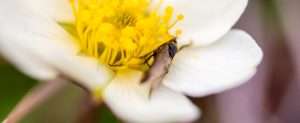
Pollinators and their importance in the Arctic environment
Globally, most flowering plants reproduce sexually and are pollinated by insects or other animals rather than abiotic pollen vectors such as wind. Plant-pollinator interactions are
Bryophytes as environmental indicators
Many bryophyte species are very sensitive to certain environmental conditions – both naturally occurring and imposed by anthropogenic activity. Bryophytes are used as indicators and
Ancestors of Arctic flora and fauna
Ancestors of the Arctic flora The early Pleistocene flora is hypothesised to be derived from a combination of the former Tertiary forest elements and immigrants

Diversity and characteristics of vascular plants
The arctic flora consist of about 2200 species, distributed among 430 genera and 91 families (Daniëls et al., 2013, Elven et al., Accessed 2021). The
Diversification of Arctic flora and fauna during the Pleistocene
On an evolutionary time-scale, the arctic flora and fauna have had very short time to develop. This partly explains the low number of truly endemic
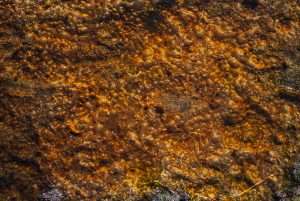
Microbiology in the Arctic
Since the turn of the previous century, when Arctic explorers began to return samples of microbes for culture and study, our understanding of the microbiology
Bryophyte habitats
Bryophytes are found throughout the world from the harsh environments of Antarctica to the lush conditions of the tropical rainforests. Despite their small size, they
Bacteria
Bacteria are the major drivers of the Earths biogeochemical cycles, and therefore very important components of the ecosystems. There are estimations showing that more than
Biogeography of bryophytes
History The Pleistocene is the world’s recent period of repeated glaciations between 2.5 million to 11700 years ago. More than 20 cycles of glaciation occurred
Microbial eukaryotes
Microbial eukaryotes are an evolutionary diverse group that gathers various eukaryotic organisms of often microscopic sizes, such as protist and fungi. Protists, comprise a large
What is a fungus?
The fungal kingdom (Fungi) is related to the animal kingdom. They separated approximately 1.5 billion years ago. Like animals and plants, fungi are eukaryotes, which
Saprotrophic fungi
Saprotrophic fungi degrade dead organisms or their remains, such as litter or dung. Depending on their mode of breaking down cellulose or lignin, we recognise
Bryophyte adaptations and constraints
Bryophytes are very resilient and have a unique ability to recover from long-lasting extreme environmental conditions (La Farge et al. 2013, Procter et al. 2007). Bryophytes
Diversity of bryophytes
Bryophytes are the second most diverse group among land plants after the flowering plants (Magnoliophyta, ~350 000 described species; Glime 2007). Defining the number of species of
Useful learning resources

bioCEED resource for learning statistics, tutorials for the statistical computing language R and more!
How do you start with academic writing? This is the prefect resources for those who are about to write their first thesis/poster/essay etc. or looking for new tips when it comes to academic writing.
Svalbox is all about Svalbard geology. Svalbox aims to compile and acquire key data sets and publications to provide an interactive 3D geoscientific database of Svalbard.
The UNIS Executable Books page provides an overview of all eBooks available and/or used for teaching at the University Centre in Svalbard (UNIS).


